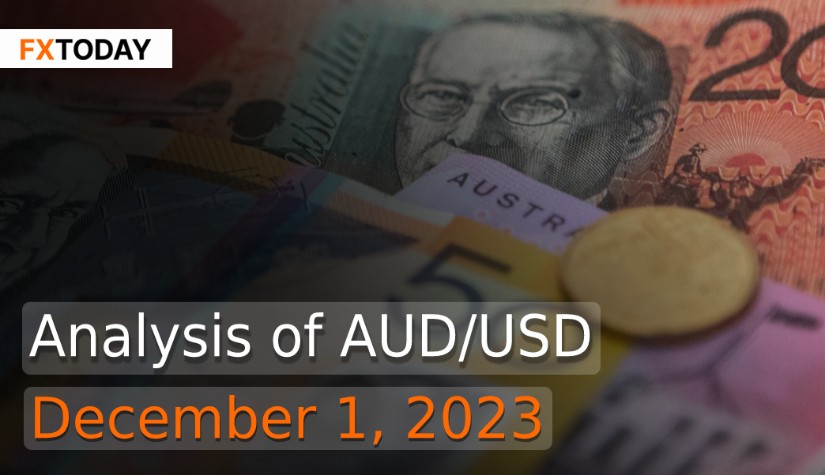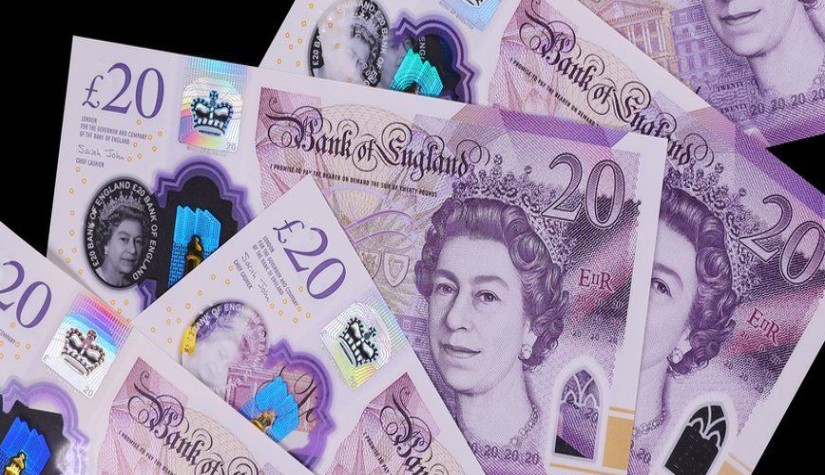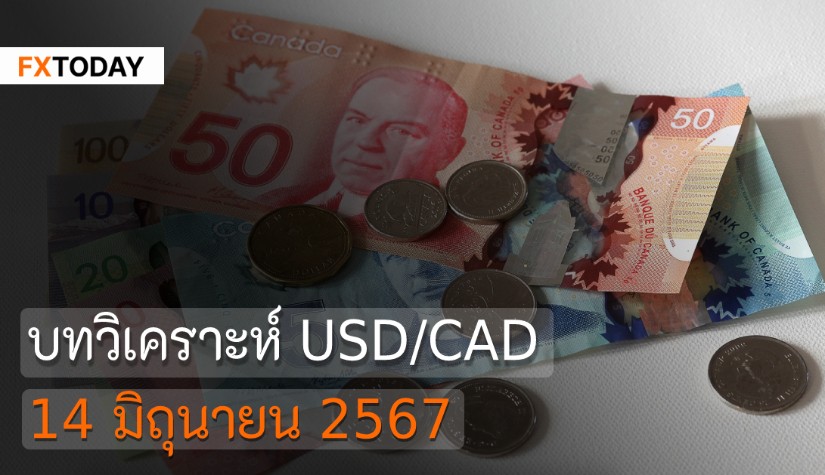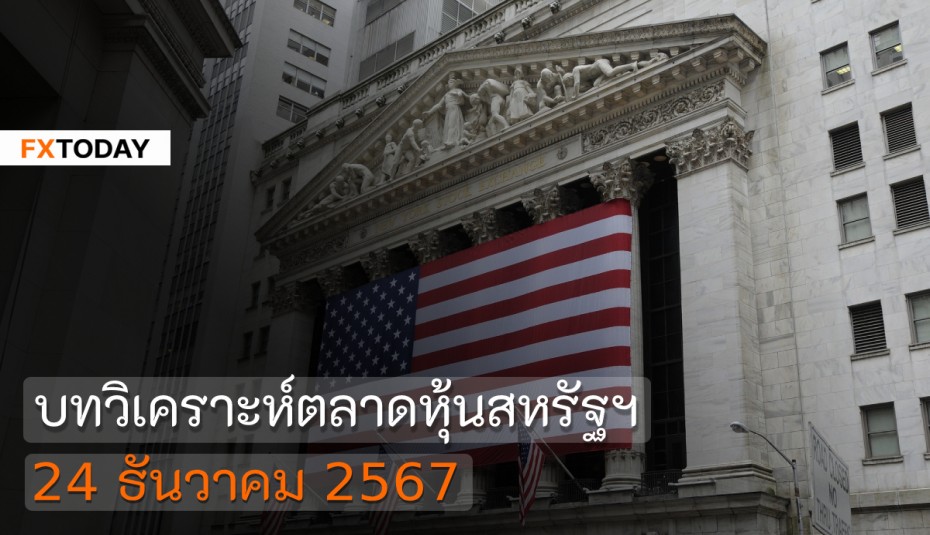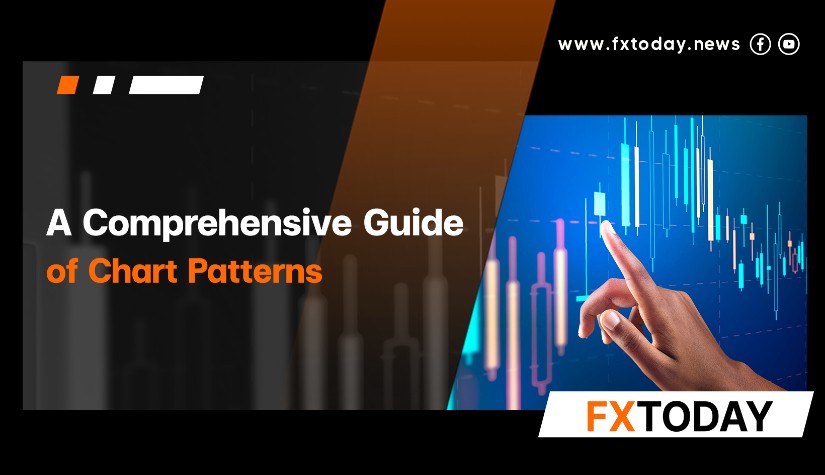Australia's Inflation Challenges, U.S. Faces Economic Slowdown
In October, Australia experienced a lower-than-expected inflation rate, influenced by a drop in goods prices, particularly in petrol, rent, and holiday travel. The monthly Consumer Price Index (CPI) rose at an annual pace of 4.9%, slower than September's 5.6% and below the predicted 5.2%. Core inflation decreased to 5.3%, affirming the central bank's decision to maintain interest rates at 4.35%. However, analysts caution that the monthly inflation data may not fully reflect changes in service prices.
The retail sector in Australia faced unexpected challenges in October, with a 0.2% decline in sales, excluding food. The anticipation of November's Black Friday event might have influenced consumer behavior, leading to reduced spending in October. However, retail spending remained close to record highs in November 2022, thanks to the Black Friday event, which has gained increasing popularity in recent years.
The Reserve Bank of Australia (RBA) had recently raised interest rates to 4.35%, citing persistent services inflation. Despite a slight dip in retail spending and a cooling labor market, the RBA expressed concerns about sticky inflation and the need for further tightening to meet its annual target of 2-3%. While October's CPI figures fell from the peak earlier in 2023, they still exceeded the RBA's target, leading to speculations about future rate hikes.
Australia's housing market defied the surge in interest rates, reaching a record high, raising questions about the effectiveness of monetary policy. RBA Governor Michele Bullock emphasized the impact of domestic demand on inflation, prompting a need for a substantial response from interest rates. The Australian dollar, while initially affected by the CPI reading, remained close to a four-month high.
In the global context, the U.S. experienced a slowdown in economic indicators, with the Federal Reserve signaling a potential end to interest rate hikes.
Consumer spending in the U.S. showed signs of cooling in October, with the smallest annual increase in inflation in over 2-1/2 years. Despite elevated wages, higher borrowing costs, and reduced excess savings among low-income households contributed to the moderation. Concerns about a potential recession in early 2024 may lead households to prioritize savings over spending.
U.S. consumer confidence rebounded in November, driven by positive expectations for big-ticket purchases like motor vehicles and houses. However, concerns about a possible recession persisted among two-thirds of consumers. The Federal Reserve indicated a likely end to rate hikes but remained open to further tightening if inflation progress stalls.
Consumers' 12-month inflation expectations dropped from 5.9% to 5.7% in October, likely reflecting reduced concerns about inflation following reports of a slowdown. This contrasts with the University of Michigan's survey last week, which showed a rise in long-term inflation expectations for November to 2011 levels.
Moreover, recent data showed a gradual easing in the labor market, with an increase in Americans applying for unemployment benefits, leading to a two-year high in jobless rolls by mid-November. The unemployment rate was 3.9%, marginally higher than when the Federal Reserve began rate hikes in March 2022.
While the U.S. economy grew robustly in the third quarter, estimates for the fourth quarter suggest slower growth. Concurrently, market optimism about the Fed concluding its interest rate hikes increased. According to the CME FedWatch Tool, U.S. rate futures show a 47% chance of a rate cut in March 2024, rising to 78% in April. Overall, the market expects a 100 basis points reduction by the end of 2024, according to LSEG data. Consequently, the Australian dollar might experience a modest strengthening against the US dollar, yet it is anticipated to maintain a weaker position over the medium term, reflecting disparities in the economic returns of the two countries.
Data for Technical Analysis (5H) CFD AUD/USD
Resistance : 0.6629, 0.6636, 0.6646
Support : 0.6607, 0.6600, 0.6590
5H Outlook
Source: Investing.com
Buy/Long 1 If the support at the price range 0.6597 - 0.6607 is touched, but the support at 0.6607 cannot be broken, the TP may be set around 0.6636 and the SL around 0.6592, or up to the risk appetite.
Buy/Long 2 If the resistance can be broken at the price range of 0.6629 - 0.6639, TP may be set around 0.6660 and SL around 0.6602, or up to the risk appetite.
Sell/Short 1 If the resistance at the price range 0.6629 - 0.6639 is touched, but the resistance at 0.6629 cannot be broken, the TP may be set around 0.6607 and the SL around 0.6644, or up to the risk appetite.
Sell/Short 2 If the support can be broken at the price range of 0.6597 - 0.6607, TP may be set around 0.6583 and SL around 0.6634, or up to the risk appetite.
Pivot Points Dec 01, 2023 03:21AM GMT
| Name | S3 | S2 | S1 | Pivot Points | R1 | R2 | R3 |
|---|---|---|---|---|---|---|---|
| Classic | 0.6579 | 0.6590 | 0.6607 | 0.6618 | 0.6636 | 0.6646 | 0.6664 |
| Fibonacci | 0.6590 | 0.6600 | 0.6607 | 0.6618 | 0.6629 | 0.6636 | 0.6646 |
| Camarilla | 0.6619 | 0.6621 | 0.6624 | 0.6618 | 0.6629 | 0.6632 | 0.6634 |
| Woodie's | 0.6583 | 0.6592 | 0.6611 | 0.6620 | 0.6640 | 0.6648 | 0.6668 |
| DeMark's | - | - | 0.6613 | 0.6621 | 0.6642 | - | - |
Sources: Investing 1, Investing 2
Maximize your knowledge: Blog

